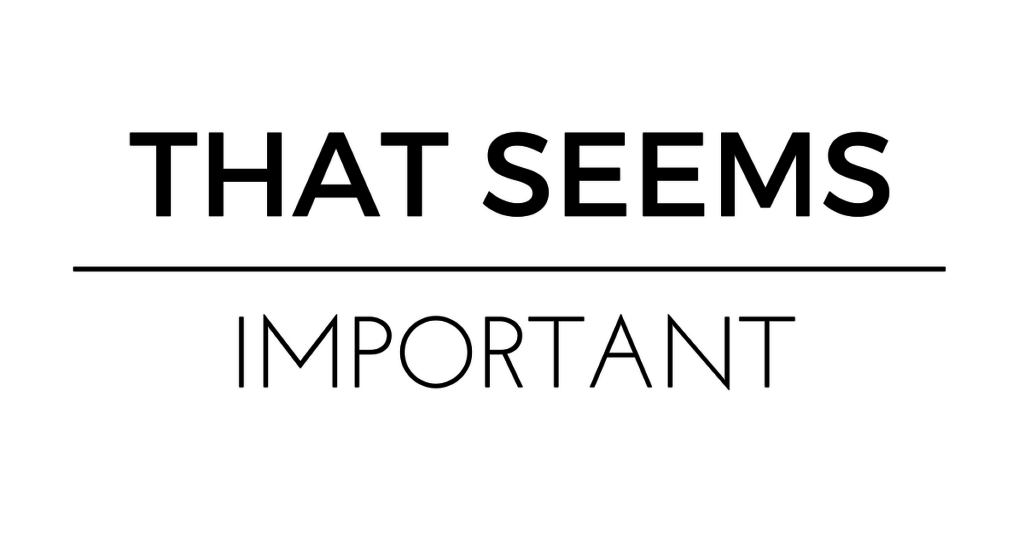Usually, when you have a celebrity at a niche conference it’s the event organizer’s way of apologizing for the lack of good content. “Don’t come for the marketing stuff, come see Mandy Moore!” #facepalm
That’s how I felt about Kevin Smith, who was the keynote at Converted this week. Turns out, I was wrong.
At 4:45 PM, he steps on stage for a Q&A with LeadPages’ founder Clay Collins, dressed as if he was in character.
Clay asks one question and what happened next changed the entire conference. Smith didn’t answer the question. Instead, he launches into the world’s greatest 45-minute diatribe on content creation.
“Ladies and Gentlemen, I stand before you, the patron king of Failure. I’ve been failing upwards my entire career. Don’t be afraid of it…Failure is success training, I know it sounds like a f*cking cat poster but it’s true. It leads you to the next thing.”
We’re off to a good start. Whether you agree or not, you’re entertained. We have no idea where he’s going with this. The question was about monetization.
He goes on…
“You create because you want to, not because someone will write you a check.”
uh. hold the phone.
For most of us, creating is quite literally for a check. “Content” is a euphemism for “sales vehicle.” The only reason it has to “add value” is because it doesn’t convert to sales if it’s not valuable to your prospects.
- Email content = Direct sales
- Video content = Goes to sales page
- Web/Blog content = Improves SEO, allows you to do content upgrades, place to put your affiliate links
- Social Media content = JJJRH
The content marketing mantra is: “It’s all about the customer!!”
“Know your customer”
“Figure out what they want”
“Use their language”
“Reverse engineer your content strategy based on what the customer needs”
“Pick up the phone and talk to your customers”
It’s our bible.
Kevin Smith got on stage and said, “Do it for yourself first and foremost.”
mic. drop.
. . .
The battle between content-as-self-expression and content-as-a-sales-tool is as old as the internet itself.
“Anyone who’s tried to outwit the general public and game the system with, ‘No no no my data says this,’ knows it doesn’t work. You can’t guarantee [success],” Smith told the audience.
“[Creation is] masturbatory. Think about pleasing yourself first. In the end, if no one connects with [your content] the way you connect with it, you haven’t wasted your time…The audience of 1 was satisfied.”
My first reaction to this was that this is a terrible way to think about content that converts and a brilliant way to think about art. Knowing where one ends and the other begins is where most of us get stuck and what I can’t stop thinking about while I’m stuck here in the Minneapolis airport.
In the Hollywood-world Smith comes from there’s a clear separation between of church and state. Artists create. Marketers sell. Unfortunately for us, content blurs the line between the two and most of us are confused as to which camp we fall in. I’m no exception.
The best performing pieces of content I’ve ever created came from the same selfish place Kevin Smith was talking about. I did them for me. They were topics I cared about or rants I wanted to go off on for no justifiable reason other than I felt like it needed to be said. It’s not a strategy I would advise to clients. Especially since it’s also responsible for my worst performing pieces.
It’s hard to put something out there if you’re an artist trying to self-express (it’s also why it’s so freaking hard to write your own about page).
Sales copy is not where you reveal your soul and write the piece that wins you the Pulitzer. You may very well reveal parts of your story (“vulnerability”) in your sales copy, but that’s not self-expression.
If you’re struggling with shipping your content, it’s probably because of this.
You’re confusing content-as-self-expression with content-as-sales and it’s killing everything that makes your content good.
What marketers mean when we say, “It’s not about you, it’s about your customers” is don’t be so damn self-involved. That’s very different from following your insatiable need to create something in the world.
Self-involved means “blasting” a newsletter to your list about upcoming events and never considering what it feels like to be on the receiving end of a Facebook ad.
Selfishly creating something you believe needs to exist is not actually selfish. It’s a gift. Like a song or a movie. It’s actually perfect for content because it spreads.
Clay asked Smith how he could be so confident. If you exist in the online business content-churning world, you know how hard it is to keep your head on straight.
Without missing a bit, Smith clarified:
“It’s not confidence – it’s fear. The fear of “If I don’t try this, will I be able to live with myself? Do you think you could live being the guy who didn’t build the thing?”






